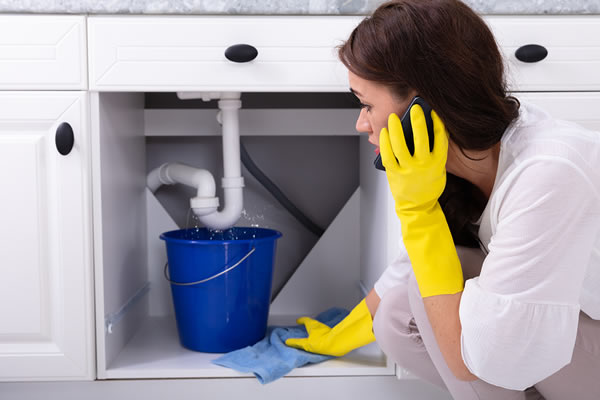How to Inspect If Your Home Has a Hidden Leakage
How to Inspect If Your Home Has a Hidden Leakage
Blog Article
Listed here down the page you can locate additional exceptional details on the subject of Detecting hidden plumbing leaks.

Early detection of dripping water lines can reduce a possible disaster. Some little water leaks might not be noticeable.
1. Take A Look At the Water Meter
Every house has a water meter. Examining it is a surefire manner in which helps you uncover leakages. For starters, shut off all the water sources. Make sure no person will certainly purge, make use of the tap, shower, run the cleaning machine or dish washer. From there, most likely to the meter and watch if it will transform. Because no person is using it, there ought to be no motions. If it moves, that suggests a fast-moving leakage. If you find no modifications, wait an hour or two and inspect back again. This means you might have a sluggish leakage that might even be below ground.
2. Check Water Intake
Examine your water costs and track your water consumption. As the one paying it, you need to see if there are any inconsistencies. If you find sudden changes, in spite of your consumption being the same, it means that you have leakages in your plumbing system. Bear in mind, your water bill need to fall under the very same variety every month. An unexpected spike in your costs suggests a fast-moving leakage.
At the same time, a consistent boost every month, even with the very same habits, shows you have a slow leak that's likewise slowly rising. Call a plumber to completely inspect your home, specifically if you feel a warm location on your floor with piping beneath.
3. Do a Food Coloring Test
When it comes to water intake, 30% comes from toilets. If the color somehow infiltrates your dish throughout that time without flushing, there's a leak between the storage tank and bowl.
4. Asses Exterior Lines
Don't forget to check your outside water lines too. Must water leak out of the connection, you have a loose rubber gasket. One tiny leak can waste heaps of water and spike your water costs.
5. Check as well as Examine the Scenario
Homeowners should make it a routine to check under the sink counters and also also inside closets for any bad odor or mold and mildew growth. These 2 warnings suggest a leak so punctual focus is required. Doing regular assessments, even bi-annually, can conserve you from a significant trouble.
Inspect for discolorations and also weakening as a lot of pipelines as well as home appliances have a life span. If you presume leaking water lines in your plumbing system, do not wait for it to rise.
Early discovery of dripping water lines can alleviate a possible catastrophe. Some tiny water leakages might not be noticeable. Checking it is a proven means that aids you find leakages. One tiny leakage can squander loads of water and spike your water bill.
If you believe leaking water lines in your plumbing system, do not wait for it to intensify.
WARNING SIGNS OF WATER LEAKAGE BEHIND THE WALL
PERSISTENT MUSTY ODORS
As water slowly drips from a leaky pipe inside the wall, flooring and sheetrock stay damp and develop an odor similar to wet cardboard. It generates a musty smell that can help you find hidden leaks.
MOLD IN UNUSUAL AREAS
Mold usually grows in wet areas like kitchens, baths and laundry rooms. If you spot the stuff on walls or baseboards in other rooms of the house, it’s a good indicator of undetected water leaks.
STAINS THAT GROW
When mold thrives around a leaky pipe, it sometimes takes hold on the inside surface of the affected wall. A growing stain on otherwise clean sheetrock is often your sign of a hidden plumbing problem.
PEELING OR BUBBLING WALLPAPER / PAINT
This clue is easy to miss in rooms that don’t get much use. When you see wallpaper separating along seams or paint bubbling or flaking off the wall, blame sheetrock that stays wet because of an undetected leak.
BUCKLED CEILINGS AND STAINED FLOORS
If ceilings or floors in bathrooms, kitchens or laundry areas develop structural problems, don’t rule out constant damp inside the walls. Wet sheetrock can affect adjacent framing, flooring and ceilings.
https://www.servicemasterbyzaba.com/blog/how-to-detect-water-leakage-in-walls/

Hopefully you enjoyed reading our part about Locating water leaks. Thanks a lot for finding the time to read through our article. Are you aware of somebody who is looking into Top leak detection hacks? Be sure promote it. Many thanks for going through it.
Report this page